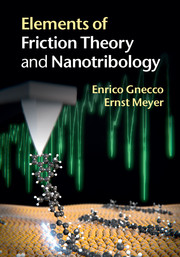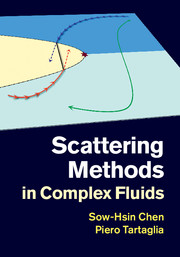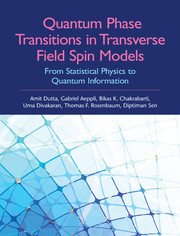A review of perturbation theory
Most quantum mechanics problems are not solvable in closed form with analytical techniques. To extend our repertoire beyond just particle-in-a-box, a number of approximation techniques have been developed. A large class of these fall under the heading of “perturbation theory”, in which we consider our system to obey Hamiltonian H that may be written as
H = H0 + λH1 + λ2H2 + … , (A.1)
where H0 is an exactly solvable Hamiltonian, λ is a small parameter, and the other terms may therefore be taken as small corrections.
These notes are a quick review of how to deal with systems that obey such Hamiltonians. We'll be using Dirac notation and the Schrödinger formalism, in which the states are time-dependent. We begin with time-independent perturbation theory, and will then move on to consider time-dependent problems. For now, we'll only deal with single-particle problems, too.
Time-independent
We're going to use the time-independent Schrödinger equation, and look for the energy eigenvalues and eigenstates of H. First, suppose that our unperturbed problem,
H0|ψ0〉 = E0|ψ0〉 (A.2)
may be solved exactly, giving an energy eigenvalue spectrum E0j with corresponding eigenstates |ψ0j〉. Remember, because H0 is a Hermitian operator, its eigenvalues are real, and its eigenvectors |ψ0j〉 form a complete set.
The strategy we're going to take is straightforward. We're going to assume that our perturbative corrections to the Hamiltonian, λH1 + λ2H2 + … , lead to corresponding perturbative corrections to the eigenvalues and eigenstates. That is,
Ej = E0j + λE1j + λ2E2j + … ,
|ψj〉 = |ψ0j〉 + λ|ψ1j〉 + λ2|ψ2j〉 + ….


